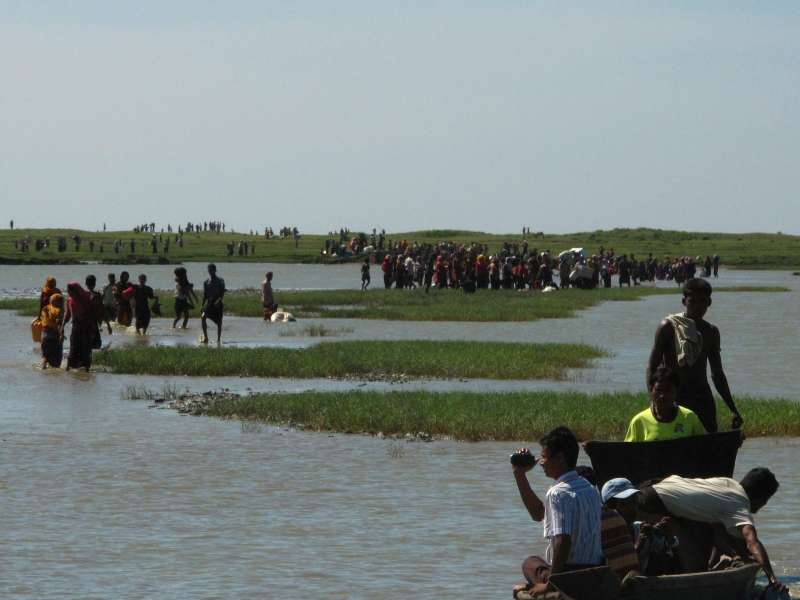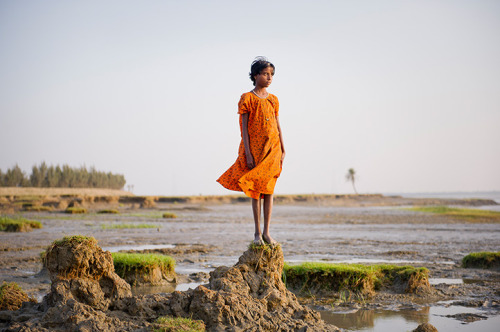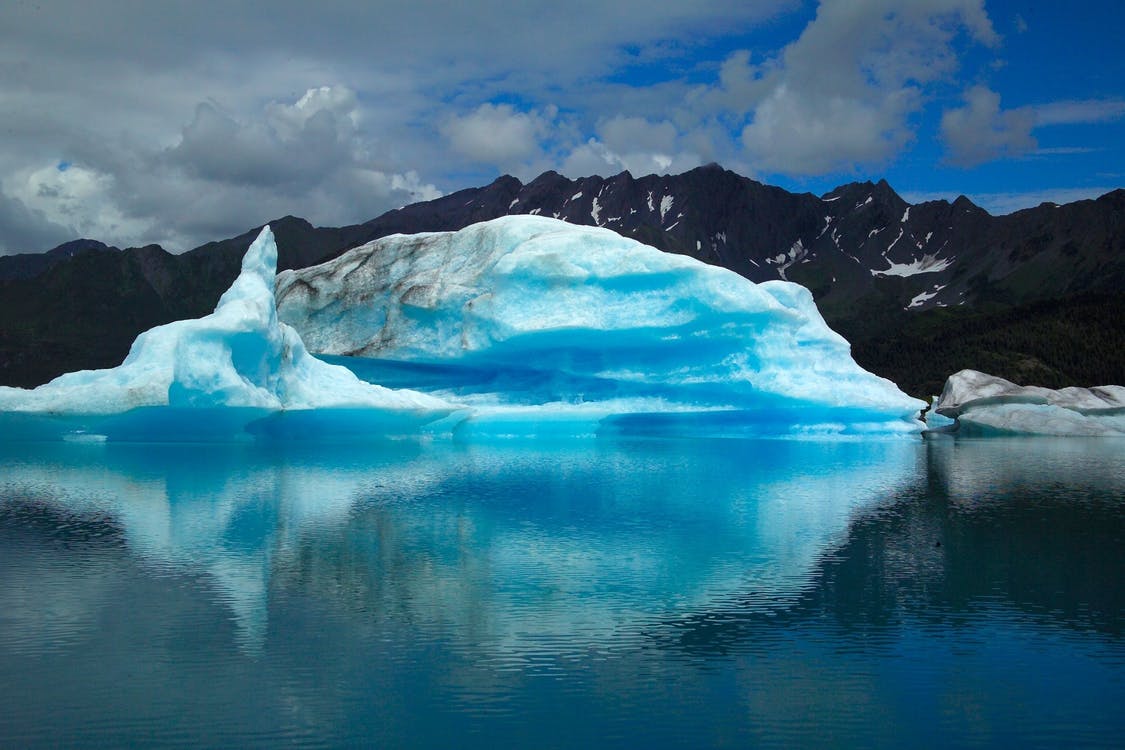According to the National Ocean service sea levels have risen 2.6 inches above the 1993 average. And according to organizations such as National Geographic, rising temperatures and sea levels can have devastating effects on coastal habitats. Our generation has what no others before us did, the resources and technology to tackle this global crisis.
Carbon dioxide (CO2) is a greenhouse gas which is released from human activity such as deforestation and burning fossil fuels, as well as natural processes such as respiration and volcanic eruptions.
NASA has been monitoring CO2 levels from their Mauna Loa Observatory in Hawaii. They have been taking direct measurements from 1958 to the present day, with seasonal cycles removed. The latest measurement shows 407.62 ppm (parts per million) of carbon dioxide in the air, which is relatively high for the earth.
 We have seen a significant spike in levels from 1950 to 2018. With the rise of greenhouse gases such as CO2, we see a rise in the earth’s global temperatures.
We have seen a significant spike in levels from 1950 to 2018. With the rise of greenhouse gases such as CO2, we see a rise in the earth’s global temperatures.
The latest annual average in 2017 was 0.9 °C (33.62° F). That may not seem like a high temperature, but 17 of the warmest years, excluding 1998, have occurred since 2001. 2016 was ranked the warmest year on record.
The rise in global temperatures directly affect sea levels. By raising temperatures, ice sheets and glaciers are experiencing faster rates of melt than ever before, causing oceanic levels to increase.
The latest measurement of our seas is 84.8 millimeters in October 2017. That shows a change in the rise rate of approximately 3.2 millimeters per year since 1993, that’s including a +/- 0.4 margin of error. Sea levels rising is a direct result of a changing climate, leading to an expanding ocean.
To show just how impactful this can be, let’s turn to The Bay of Bengal, India and the ground it is losing. Rapidly melting snow rushing from the Himalayas is causing several islands in the bay to begin to sink amid rising waters. For example, Ghoramara island in India is known as the “sinking island.”
A cluster of low-lying islands in the Bay of Bengal are called The Sundarbans. The cluster of islands is slowly falling victim to rising seas as a direct result of climate change.
 In the past two decades four islands have already sunk into the ocean. Those islands being Bedford, Lohachara, Kabasgadi and Suparibhanga… Leaving 6,000 families to become environmental refugees.
In the past two decades four islands have already sunk into the ocean. Those islands being Bedford, Lohachara, Kabasgadi and Suparibhanga… Leaving 6,000 families to become environmental refugees.
Two islands, Ghoramara and Mousuni, are sinking fast as well. Sagar, the biggest island in the Sundarbans, is projected to lose another 15 percent of its habitable area by 2020, displacing another 30,000 people, experts say.
These facts are startling, scary and intimidating, and the problem is on a massive global scale. Though amongst all the negatives there is a silver lining, there are remedies to this problem, such as: using renewable energy sources instead of using fossil fuels, reducing water waste (which helps to reduce carbon pollution), and actions as simple as recycling.
You don’t need to be a scientist to make a difference to our planet, if everyone does a little every day we could see significant changes in our global climate and less severe weather that comes along with it. Restoring our planet isn’t going to be an easy task, but it is possible.
Haley Edwards
Reporter


